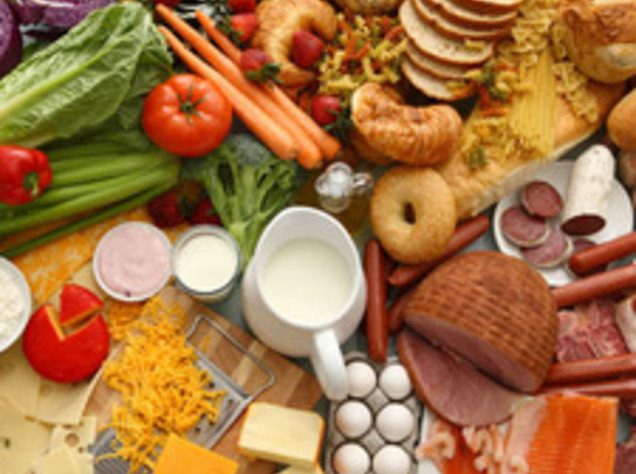For the average Joe or untrained individual the norm of eating three meals per day is alright. They would have ample amount of energy available to perform their everyday functions. Trained athletes, on the other hand, have higher energy demands. The energy expended throughout intense training sessions and athletic contests need to be replenished, and even more so, to assist the body in becoming even stronger for optimal performance. It would behoove the athlete to develop an eating strategy which would optimize their energy needs. A research study conducted by Hawley and Burke (1997) analyzed the effect of meal frequency and timing on physical performance to give us some things to consider.
Athletes use either one of two energy systems or both, which are aerobic (endurance athlete) and anaerobic (quick and explosive movement athlete). The energy demands for either of the two energy systems (aerobic or anaerobic) are the intensity and duration of exercise coupled with the amount of glycogen stored or glycogen available in the muscle (muscle fuel). Hawley and Burke mention that eating a series of small meals and snacks over the course of the day is a practical strategy which allows increased energy intake, while also reducing the gastric discomfort of infrequent large meals.
For an athlete such as a cyclist, even consuming small meals and snacks throughout the day may not suffice for the demands placed on their energy system. The researchers also noted that a significant amount of the daily nutrient intake may be consumed while the athlete is actually exercising. The choice of nutrition consumed while exercising according to the research study was that of sports drinks and portable carbohydrate-rich foods such as fruits, bread, and cakes. The latter choice of nutrition that could be consumed during exercise are in the form of simple carbohydrates. Simple carbohydrates are foods that are quickly and easily digested and used as fuel for the body opposed to complex carbohydrates in which digestion takes longer.
For an athlete such as a football player who utilizes quick and explosive movements during vigorous training and athletic events, skeletal muscle is broken down. Consuming protein after a workout assists in the muscle rebuilding process and helps to maximize muscle strength. Protein consumption is an entirely separate topic of discussion, yet, for meal frequency and timing purposes, it is important to note that protein after a workout for these types of athletes is significant.
Pre-exercise and post-exercise meals are extremely important. The time of consumption of these two meals may make all the difference. According to Hawley and Burke pre-exercise meals should be consumed 1-4 hours prior to exercise and post-exercise food consumption should be immediately following exercise. Nutrition should be tailored to the specific needs of the athlete. Understanding meal frequency and timing gives some structure as to figuring out the best means to accomplish this effectively. For the athlete, food consumption has to match energy expenditure.
Reference:
- Hawley, J.A. and Burke, L.M (1997). Effect of meal frequency and timing on physical performance. British Journal of Nutrition 77, S91-S103.
How useful was this post?
Click on a star to rate it!
Average rating 4 / 5. Vote count: 1
No votes so far! Be the first to rate this post.



